I recently stumbled upon an eye-opening study that’s both fascinating and a bit alarming. It’s all about the microplastics (those tiny particles smaller than 5mm) lurking in the protein foods we eat – yes, we’re talking meats, fish, and even plant-based proteins. Let’s break it down into something a bit more digestible, shall we?
The What and Where
Researchers investigated 16 commonly consumed protein products in the U.S., ranging from seafood and meats to plant-based alternatives. They looked into different levels of processing (think everything from your raw chicken breast to those breaded shrimp snacks) and where these products were bought (like your average supermarket or the fancy organic stores).
What They Found
On average, each serving of these proteins came with a side of 74 microplastic particles. 🤯 The numbers ranged wildly, with chicken breast on the lower end (just 2 particles per serving) and breaded shrimp topping the charts (a whopping 370 particles per serving).
But Wait, There’s More
It turns out, the more processed the food, the more microplastics it contained. And here’s the kicker – the study estimates that the average adult in the U.S. could be ingesting around 11,000 microplastic particles each year just from these protein sources alone. For some, that number could soar to an astonishing 3.8 million particles.
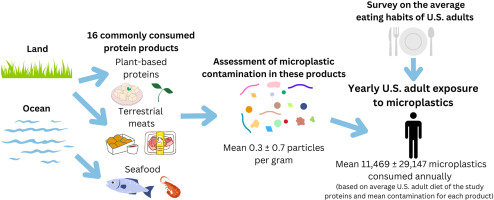
Why Should We Care?
The growing presence of microplastics in our diet is a concerning trend, one that raises alarm not just for environmental health but for our well-being too. While the full extent of the health implications remains a bit of a mystery, intuitively, we understand that consuming plastics is far from natural or beneficial. Let’s explore why this issue demands our attention and action.
The Unknown Health Impacts
Biological Concerns: At the most basic level, plastics are foreign substances to biological systems. The body does not have a natural mechanism to process and eliminate plastic particles, especially when they accumulate over time. While the immediate effects of microplastic ingestion might not be overtly noticeable, the long-term health consequences are still largely unknown. Research into other contaminants has shown that cumulative exposure can lead to a range of health issues, from hormonal imbalances to increased risk of chronic diseases.
Chemical Exposure: Microplastics can leach chemicals, such as plasticizers, that were used in their production. Some of these substances, like BPA, are known endocrine disruptors. They can mimic or interfere with the body’s hormones, potentially leading to reproductive, developmental, and metabolic problems. As microplastics serve as vehicles for these chemicals into the body, their impact could be subtle yet pervasive, affecting everything from fertility to obesity rates.
Carrier of Pollutants: Beyond the plastics themselves, these particles can attract and carry other pollutants from the environment, including heavy metals and persistent organic pollutants (POPs). These substances can have their own detrimental health effects, and microplastics might be facilitating their entry into our bodies, potentially leading to bioaccumulation and biomagnification of toxins.
The Broader Environmental Health Perspective
Ecosystem Disruption: The same microplastics found in our food sources are also being ingested by a wide range of wildlife, from the smallest plankton to the largest whales. This not only affects the health and survival of these species but also disrupts entire ecosystems. As these ecosystems falter, the services they provide to humanity, such as food security and climate regulation, are at risk.
A Reflection of Our Consumption: The issue of microplastics in our diet is a stark reminder of the broader consequences of our plastic-dependent lifestyle. It challenges us to reconsider our consumption habits, waste management practices, and the sustainability of our choices. The presence of plastics in our bodies is a sign that we need to rethink and reshape our relationship with this material.
Moving Forward with Caution and Care
While the scientific community continues to unravel the health implications of microplastic consumption, it’s prudent for us to exercise caution. This doesn’t necessarily mean we can completely avoid microplastics in our current environment, but it underscores the importance of supporting and adopting practices that minimize plastic pollution and exposure. Whether it’s advocating for stricter regulations on plastic use, supporting innovative packaging solutions, or making personal choices that reduce plastic waste, every action counts.
In the face of uncertainty, the precautionary principle should guide us. Reducing microplastic pollution and exposure is not only about protecting our health today but also about safeguarding the well-being of future generations and the planet. The message is clear: caring about microplastic consumption is an essential part of caring for ourselves and the environment.
What Can We Do?
While the study doesn’t dive into the health implications of ingesting microplastics (since that’s still a bit of a mystery), it’s a call to action for us all. We need to be more aware of the problem and push for changes in how our food is processed and packaged. Supporting local, less-processed food options and advocating for sustainable packaging can be steps in the right direction.
Diving Deeper: Making Smarter Choices to Reduce Microplastic Consumption
In the face of the alarming presence of microplastics in our protein sources, it’s natural to wonder how we can make better choices that potentially reduce our intake of these tiny pollutants. While the study pointed out that microplastics are pervasive across various types of food, including both highly processed and minimally processed protein products, there are steps we can take to lean towards options that are likely lower in microplastics due to less processing. Let’s explore some practical strategies:
Embracing Local and Less Processed Options
Local Farmers Markets and Farms: Purchasing meats and other protein sources from local farmers markets or directly from farms can be a great way to minimize your microplastic intake. These products are less likely to have undergone extensive processing or to have been packaged in materials that could shed microplastics. Moreover, local farmers often use fewer synthetic materials in both growing and packaging their products, which can further reduce the potential for microplastic contamination.
Fresh, Never Frozen Fish: Opting for fresh, never frozen, and preferably wild-caught fish from the fresh meat section of your grocery store can also be a smarter choice. These fish are often subject to less processing than their frozen counterparts, which are sometimes processed and packaged at sea, potentially increasing their exposure to microplastics. Wild-caught fish, especially those sold fresh, have likely spent less time in contact with plastic materials from the point of capture to the point of sale.
Understanding Processing Levels
The study highlighted a significant correlation between the level of processing and the presence of microplastics, with highly processed foods containing more microplastics than minimally processed ones. Here’s what you can consider when shopping:
Minimally Processed Proteins: Look for products that have undergone minimal processing. This includes meats that are sold in larger cuts rather than those that have been ground, shaped, or breaded. For plant-based proteins, opt for whole food options like beans, lentils, and tofu that come in simple packaging and have been subjected to minimal processing.
Bulk Purchases: Buying in bulk can also reduce the amount of packaging involved, potentially lowering the exposure to microplastics. Many bulk sections now allow you to use your own containers, further reducing reliance on plastic.
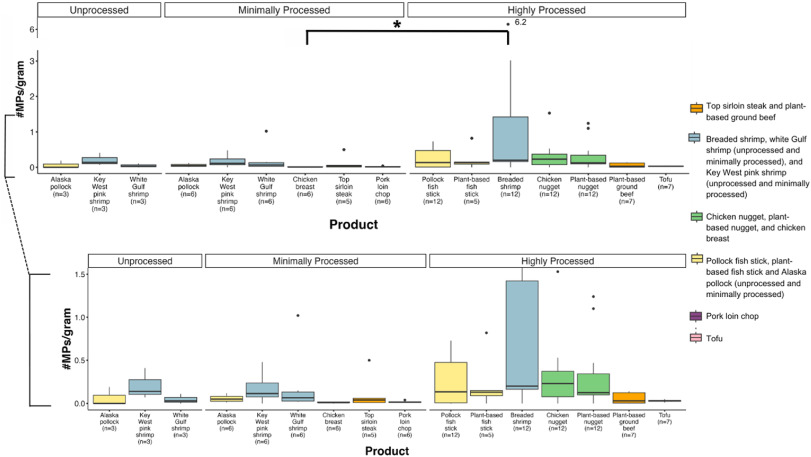
Let’s Talk About It
I found this article both interesting and alarming. It’s a reminder of how interconnected our health is with the health of our planet. What do you think? Have you come across any companies or initiatives aiming to reduce microplastic contamination in our food? Drop your thoughts and let’s get the conversation started. Together, we can be part of the solution. 💚
For those interested in diving deeper into the study and its findings, check it out here.
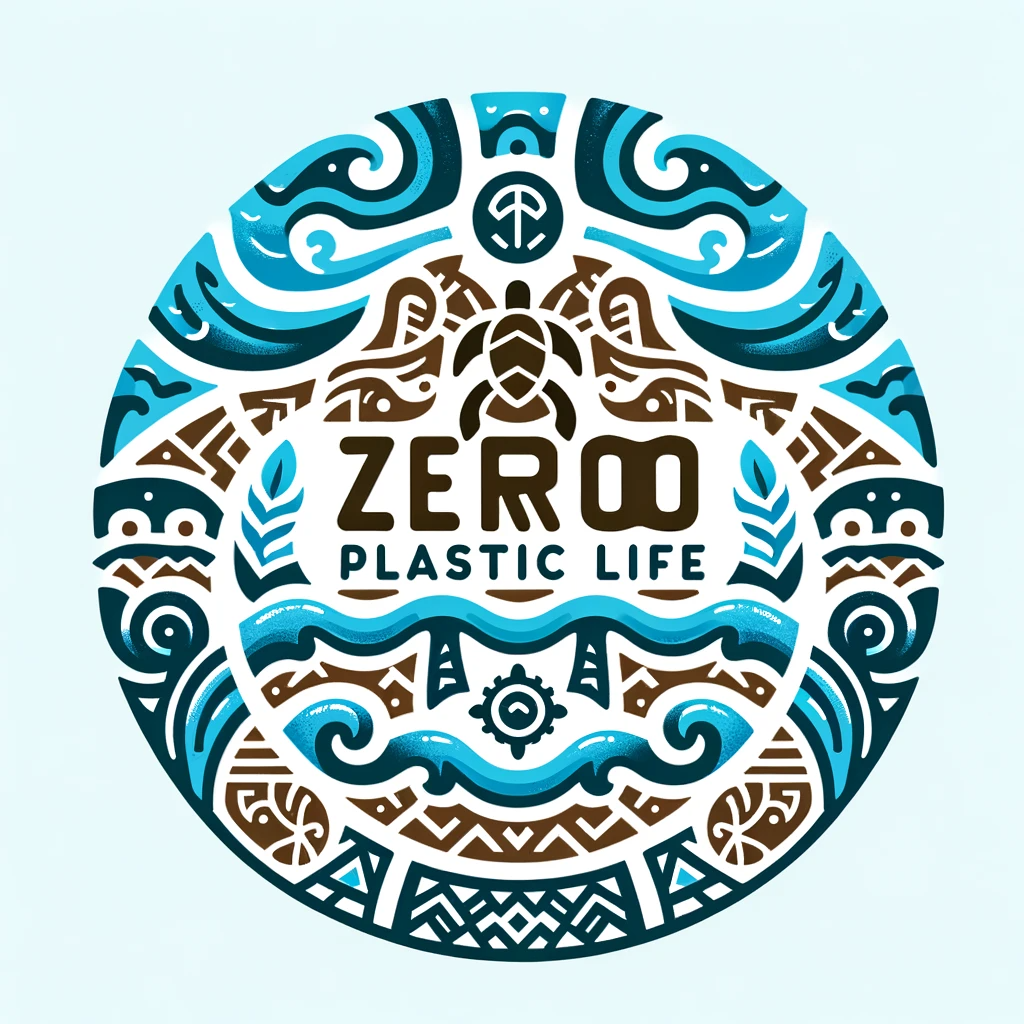
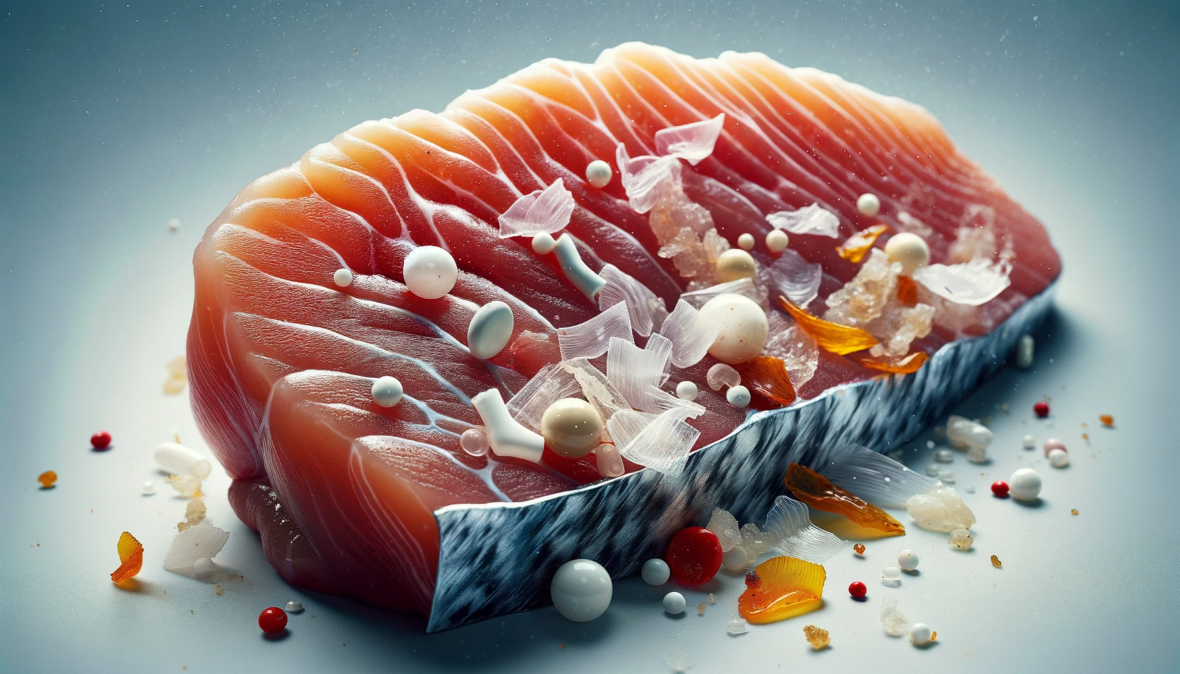



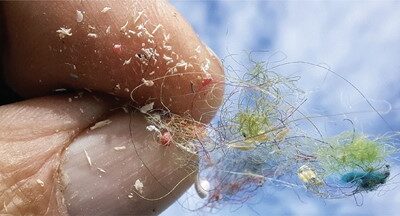

One Comment
Daisy
January 31, 2024 at 10:18 pmThis is very alarming!